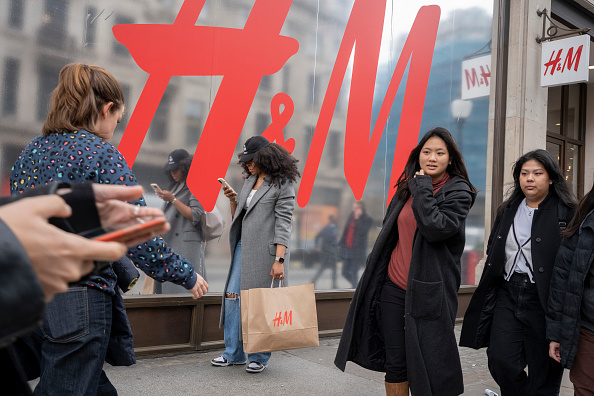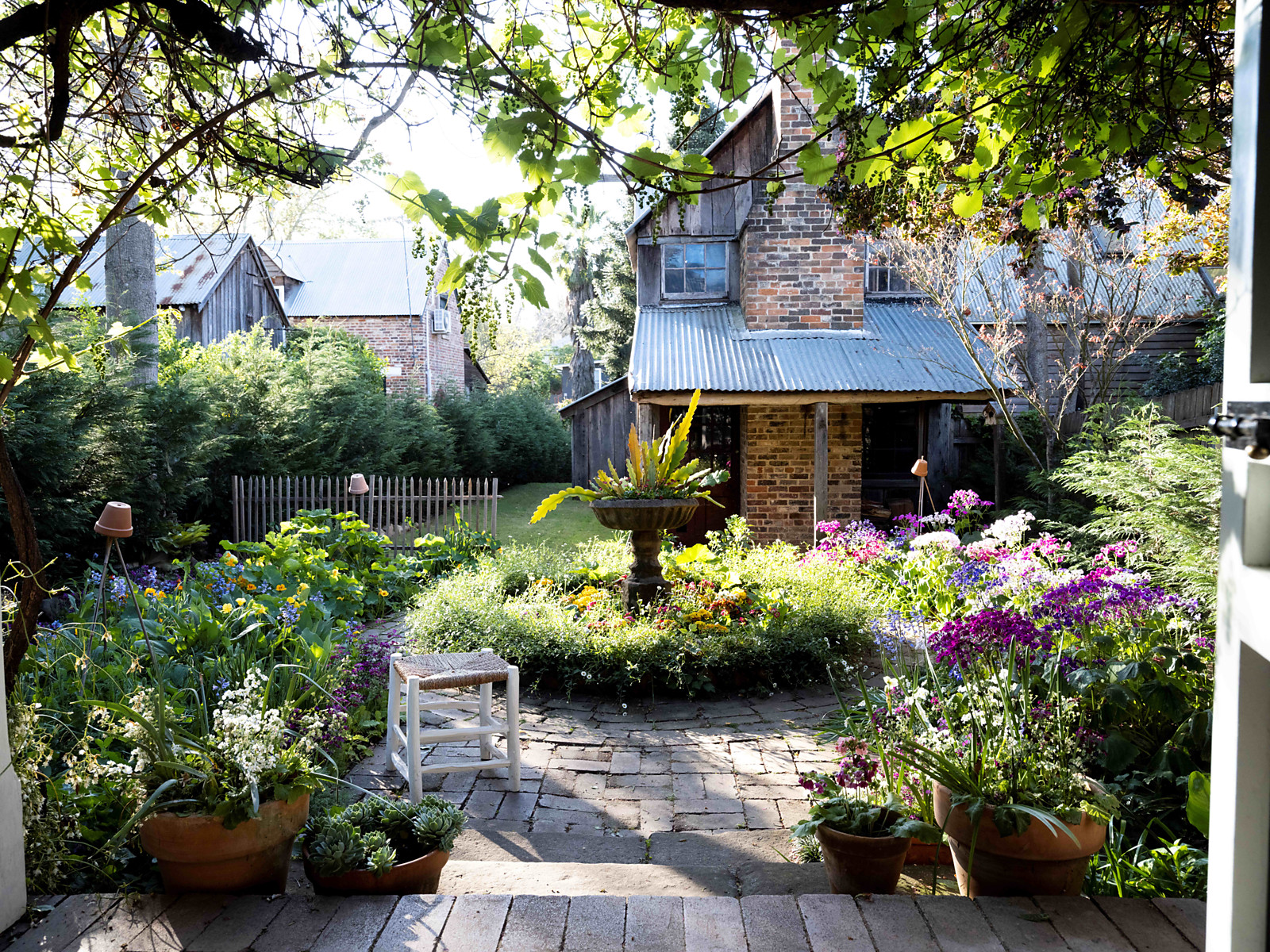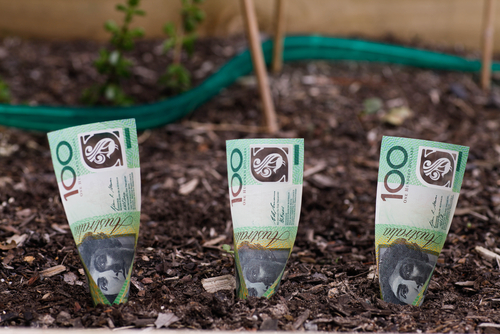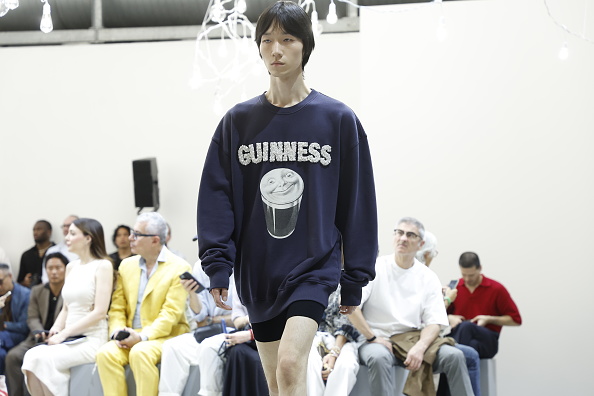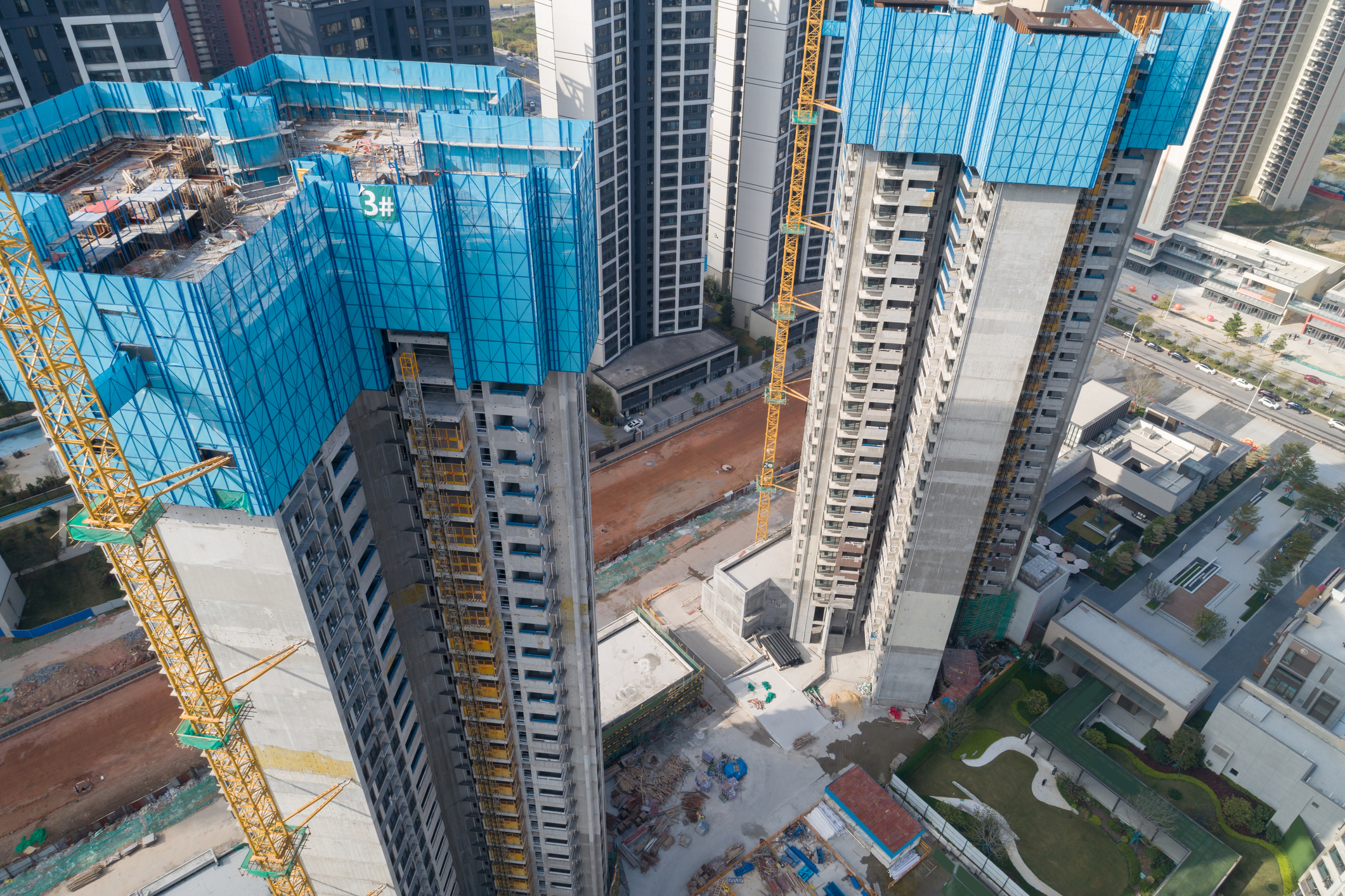This Startup Promised to Help Fashion Go Green. Brands Didn’t Want to Pay for It.
Many clothing brands say environmentally friendly materials are key to their future, but uptake has been sluggish
When a Swedish startup launched a new material made from recycled textiles in late 2022, the fashion industry hailed it as a game changer in its efforts to lessen its environmental impact.
Last month, the company, Renewcell, filed for bankruptcy. While some big retailers, including H&M and Zara, were enthusiastic backers, not enough brands committed to buying its material. Having misjudged how quickly the fashion industry would switch to more sustainable sourcing, the company was left with a costly factory running far below capacity.
The plight of Renewcell illustrates the fashion industry’s hesitancy in adopting new materials that may be better for the environment but typically cost more, at least in the short term. It is also another sign of how some companies are putting less emphasis on green initiatives amid a more challenging economic climate.
“There’s a disconnect” between some companies’ stated sustainability ambitions and what they actually do, said Tricia Carey , Renewcell’s chief commercial officer. “Fashion brands have the intention,” Carey said, “but many are lacking the road map to make it happen.”
Making clothes uses a large and growing amount of the planet’s resources. More than 100 billion garments are produced annually and that number is set to rise by one-third by 2030, according to the Ellen MacArthur Foundation, a nonprofit. It says the average garment is worn only 10 times before being discarded, often ending up in the trash . The fashion industry is responsible for as much as 8% of global greenhouse-gas emissions, according to the United Nations Alliance for Sustainable Fashion.
Fashion brands have come under growing pressure from consumers and regulators to reduce their environmental impact, posing a dilemma for an industry hardwired to keep increasing sales by churning out more clothes.
To burnish their green credentials, brands have encouraged consumers to repair, recycle or sell old clothes rather than throw them away. They have also invested in so-called next-generation materials that promise to use fewer resources and, in some cases, have the potential to be recycled again and again.
Inditex , the parent company of Zara, says it wants a quarter of the fiber it uses to be made from next-generation materials by 2030. To foster new materials, the company has worked with more than 300 startups, also including Renewcell, through a Sustainability Innovation Hub that it set up four years ago.
H&M says it wants recycled fibers to constitute half of the material it uses by 2030. The company has invested in more than 25 sustainability startups, including Renewcell.
So far, the uptake of greener material has been sluggish. Recycled materials made up 7.9% of global fibre production in 2022, down from 8.5% the year before, according to the Textile Exchange, a nonprofit that advocates the adoption of more environmentally friendly materials. Much of that came from recycled plastic bottles, with less than 1% of all fibre coming from recycled textiles.
That’s despite next-generation materials attracting more than $3 billion of investment over the past decade, according to the Material Innovation Initiative, with dozens of new-textile companies launched during that time.
Founded in 2012, Renewcell became the first chemical textile-to-textile recycler to start producing material on a commercial scale.
Its material is called Circulose, which is produced by treating old textiles with chemicals to create a cellulose pulp. This is dried into sheets, which fibre producers can then dissolve to produce viscose and other materials that are used to make clothes. Unlike mechanically recycled fibres, which fray and ultimately disintegrate, Renewcell’s chemical process breaks old textiles down to the level of individual molecules from which strong, new fibres are made. These can be recycled indefinitely via the same process.
With many fashion companies pledging to invest in new textiles to be more sustainable, Renewcell bet on strong demand for its material.
The company raised $158 million, mostly through a 2020 listing in Stockholm, and invested $125 million to convert an old paper mill in eastern Sweden into a Circulose factory capable of producing 60,000 metric tons a year.
Renewcell also outlined plans for two additional factories that would increase its output sixfold by 2030.
Besides Inditex and H&M, Calvin Klein and Tommy Hilfiger owner PVH committed to buying significant quantities of fiber made from Circulose.
But Renewcell hit a brick wall in talks with other big brands. In meetings, brand executives would often express excitement and agree to pilot projects, only to balk at placing commercial-scale orders, said Carey.
Jolts to the economy, such as Russia’s invasion of Ukraine, and shaky consumer confidence had made brands risk averse.
Would-be customers fixated on how fiber made from Circulose cost 20% to 45% more than the virgin fibers they typically bought, as well as uncertainty about integrating a new material into their supply chains, Carey said. Fiber typically accounts for about 5% of the retail price of a finished garment.
Renewcell needed its factory to reach full output quickly to become commercially viable, but it achieved only 30% capacity last year as anticipated orders failed to materialize.
By October, the company was running out of cash, and in January it laid off a quarter of its 130 staff. It filed for bankruptcy in February after failing to secure fresh investment.
Renewcell is now seeking a buyer to repay its debts and restart production.
The company’s predicament is a grim sign for a clothing industry that claims to want to transform itself, said Claire Bergkamp, managing director of the Textile Exchange.
“My hope is this will be a wake-up call for the industry,” she said.
Unless fashion companies commit to paying higher prices for new, greener materials, other fiber startups could also struggle, Bergkamp added.
While the transition from gasoline cars to electric vehicles has benefited from billions of dollars in subsidies, the move to new textiles has received practically no government support, making startups reliant on private funding.
That has left some big clothing companies, notably H&M and Inditex, shouldering a relatively large share of the burden of supporting new-material startups.
H&M invested in Renewcell in 2017 and was the first retailer to launch products containing Circulose. It currently sells around three dozen products containing the material.
The retailer wanted to invest more but decided not to commit more cash in recent weeks because of the lack of support from other companies, said H&M Chief Executive Daniel Ervér .
Earlier this month, H&M announced a new investment in Syre, a startup developing a polyester-fabric recycling process, and pledged to buy $600 million worth of its material over seven years—assuming it achieves commercial production.
Demand for recycled polyester is already established, with material made from recycled bottles already commonly used to make clothes. But textile-to-textile recycled polyester is similar to Circulose in that the technology is untested at scale.
To drive a shift to next-generation materials, other companies need to invest and commit to buying new textiles at scale, Ervér said.
“H&M alone cannot provide the scale that is required,” Ervér said. “The industry needs to commit.”
 Copyright 2020, Dow Jones & Company, Inc. All Rights Reserved Worldwide. LEARN MORE
Copyright 2020, Dow Jones & Company, Inc. All Rights Reserved Worldwide. LEARN MORE
This stylish family home combines a classic palette and finishes with a flexible floorplan
Just 55 minutes from Sydney, make this your creative getaway located in the majestic Hawkesbury region.
Continued stagflation and cost of living pressures are causing couples to think twice about starting a family, new data has revealed, with long term impacts expected
Australia is in the midst of a ‘baby recession’ with preliminary estimates showing the number of births in 2023 fell by more than four percent to the lowest level since 2006, according to KPMG. The consultancy firm says this reflects the impact of cost-of-living pressures on the feasibility of younger Australians starting a family.
KPMG estimates that 289,100 babies were born in 2023. This compares to 300,684 babies in 2022 and 309,996 in 2021, according to the Australian Bureau of Statistics (ABS). KPMG urban economist Terry Rawnsley said weak economic growth often leads to a reduced number of births. In 2023, ABS data shows gross domestic product (GDP) fell to 1.5 percent. Despite the population growing by 2.5 percent in 2023, GDP on a per capita basis went into negative territory, down one percent over the 12 months.
“Birth rates provide insight into long-term population growth as well as the current confidence of Australian families,” said Mr Rawnsley. “We haven’t seen such a sharp drop in births in Australia since the period of economic stagflation in the 1970s, which coincided with the initial widespread adoption of the contraceptive pill.”
Mr Rawnsley said many Australian couples delayed starting a family while the pandemic played out in 2020. The number of births fell from 305,832 in 2019 to 294,369 in 2020. Then in 2021, strong employment and vast amounts of stimulus money, along with high household savings due to lockdowns, gave couples better financial means to have a baby. This led to a rebound in births.
However, the re-opening of the global economy in 2022 led to soaring inflation. By the start of 2023, the Australian consumer price index (CPI) had risen to its highest level since 1990 at 7.8 percent per annum. By that stage, the Reserve Bank had already commenced an aggressive rate-hiking strategy to fight inflation and had raised the cash rate every month between May and December 2022.
Five more rate hikes during 2023 put further pressure on couples with mortgages and put the brakes on family formation. “This combination of the pandemic and rapid economic changes explains the spike and subsequent sharp decline in birth rates we have observed over the past four years,” Mr Rawnsley said.
The impact of high costs of living on couples’ decision to have a baby is highlighted in births data for the capital cities. KPMG estimates there were 60,860 births in Sydney in 2023, down 8.6 percent from 2019. There were 56,270 births in Melbourne, down 7.3 percent. In Perth, there were 25,020 births, down 6 percent, while in Brisbane there were 30,250 births, down 4.3 percent. Canberra was the only capital city where there was no fall in the number of births in 2023 compared to 2019.
“CPI growth in Canberra has been slightly subdued compared to that in other major cities, and the economic outlook has remained strong,” Mr Rawnsley said. “This means families have not been hurting as much as those in other capital cities, and in turn, we’ve seen a stabilisation of births in the ACT.”
This stylish family home combines a classic palette and finishes with a flexible floorplan
Just 55 minutes from Sydney, make this your creative getaway located in the majestic Hawkesbury region.









